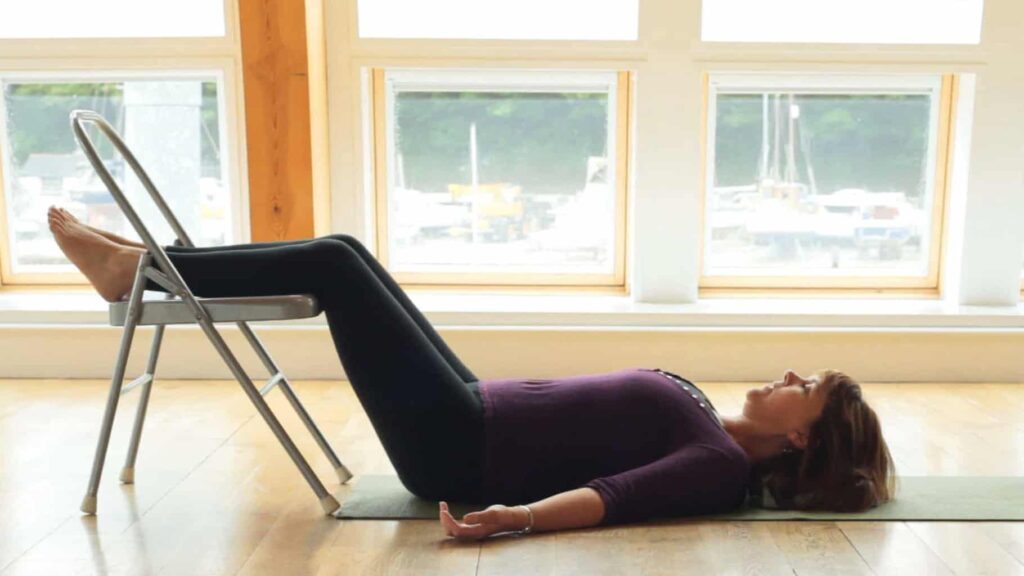Ice Treatment/Cryotherapy
Ice is an important and natural treatment with many advantages. It is an effective painkiller which can be applied directly to the injured area to give instant relief and it reduces swelling considerably, helping an injury heal up to 75% quicker. This helps to restore full mobility and prevents scar tissue formation.
How swelling develops
Pain and muscle spasms are common responses to injury. Ligaments, muscles and tendons have elastic properties due to a protein called collagen. When collagen is torn, blood and fluid escapes into the spaces among the muscle fibres, releases toxins and does not circulate. This may be visible on the surface of the skin as a swollen bruised area, but may not be visible deep in the back. The resulting inflammation must be cleared from the tissues before the nutrients can return and the healing process can properly begin.
How ice works on an injury
The cold decreases the flow of fluid into the injured tissues and slows the release of chemicals that cause pain and inflammation. It also results in less swelling and internal bleeding. It acts as a painkiller by reducing the ability of the nerve endings to conduct impulses, and by reducing toxic build-up. Cooling the deep tissue also reduces muscle spasm.
Cryotherapy is indicated for acute injuries where inflammation occurs such as bursitis, tendinitis, myositis, or neuritis. Ice can be excellent following a heat burn, and may also be used if discomfort occurs following adjustment, manipulation or deep massage.
How to use ice
Wrap a damp towel around the cold pack and apply it directly to the swollen or painful area, whilst keeping the untreated parts of the body covered and warm. If you are cold sensitive, a dry towel may be used, but a fully wet towel is more effective. Vary the dampness to suit. A few ice cubes can simply be used but a gel pack is pliable when frozen, gives better surface contact and is simple to refreeze. Ice may be massaged directly onto a small area of pain using a constant circular motion, but do not hold the ice still as this may burn the skin.
Duration and frequency of cold pack application
How often and for how long cold packs should be used varies, so please ask your chiropractor, but generally they can be used from five to twenty minutes at a time, allowing an hour between applications. Superficial areas such as hands, feet and elbows will require less time than deeper areas such as the lower back that requires a full 20 minutes. Cold therapy should be stopped once the skin feels numb. Hourly applications are most effective immediately following an injury, reducing in frequency as the inflammation and pain subsides. Ice is best used in the first 48 hours after an injury, but may be required for longer periods.
Remember RICE!
Rest. Stop if you have strained yourself! Often injuries are made worse by continuing to use the injured area.
Ice. As indicated by your chiropractor or health care practitioner.
Compression. After ice it may help to minimise the swelling with a bandage.
Elevation. Raise the injured part to help limit blood flow and prevent the use of associated muscles.
Leave A Comment
Related Posts
With the increase in the number of people working at home since 2020, it is vital that we understand how to properly set up our workspace at home! Iona tells us more...
Sometimes, we might struggle with inertia and lack of motivation to get exercising. Getting gentle, regular exercise is so important, as Jeremy explains in his short video.
One of my many passions is that children should work in a healthy way! Writing slopes, or slant boards, encourage your child's natural posture and reduce slouching and neck pain.
